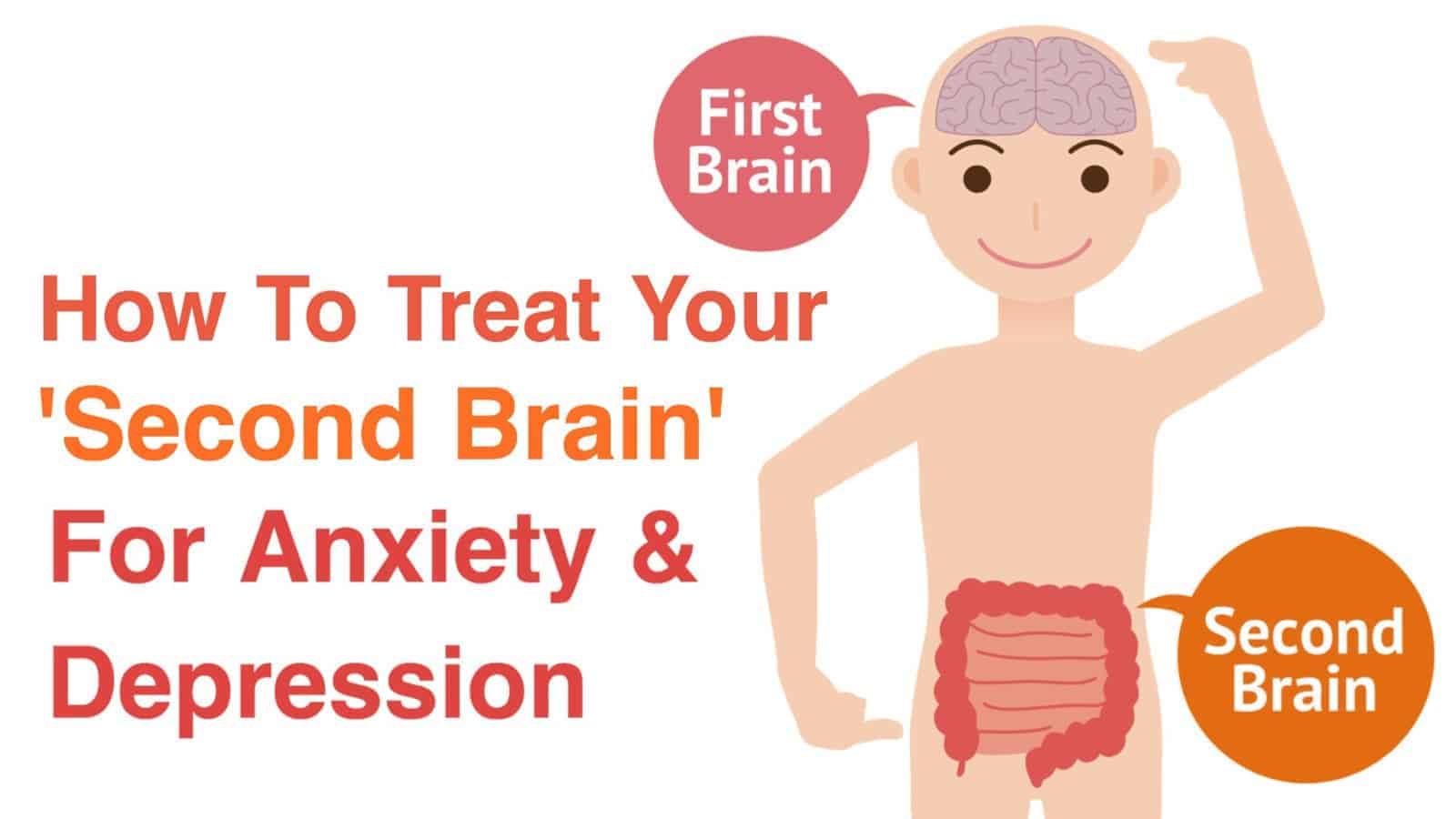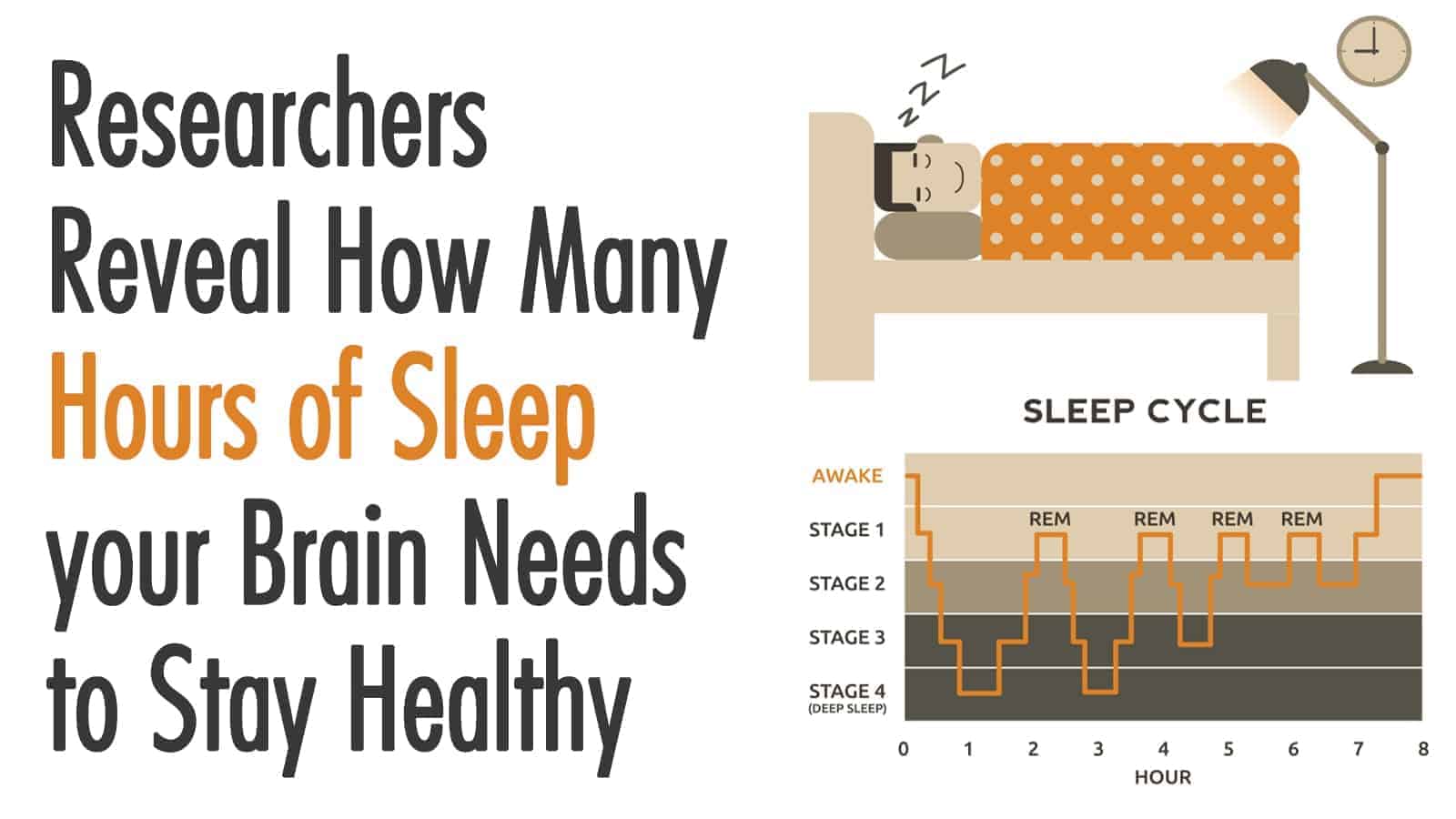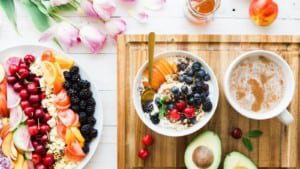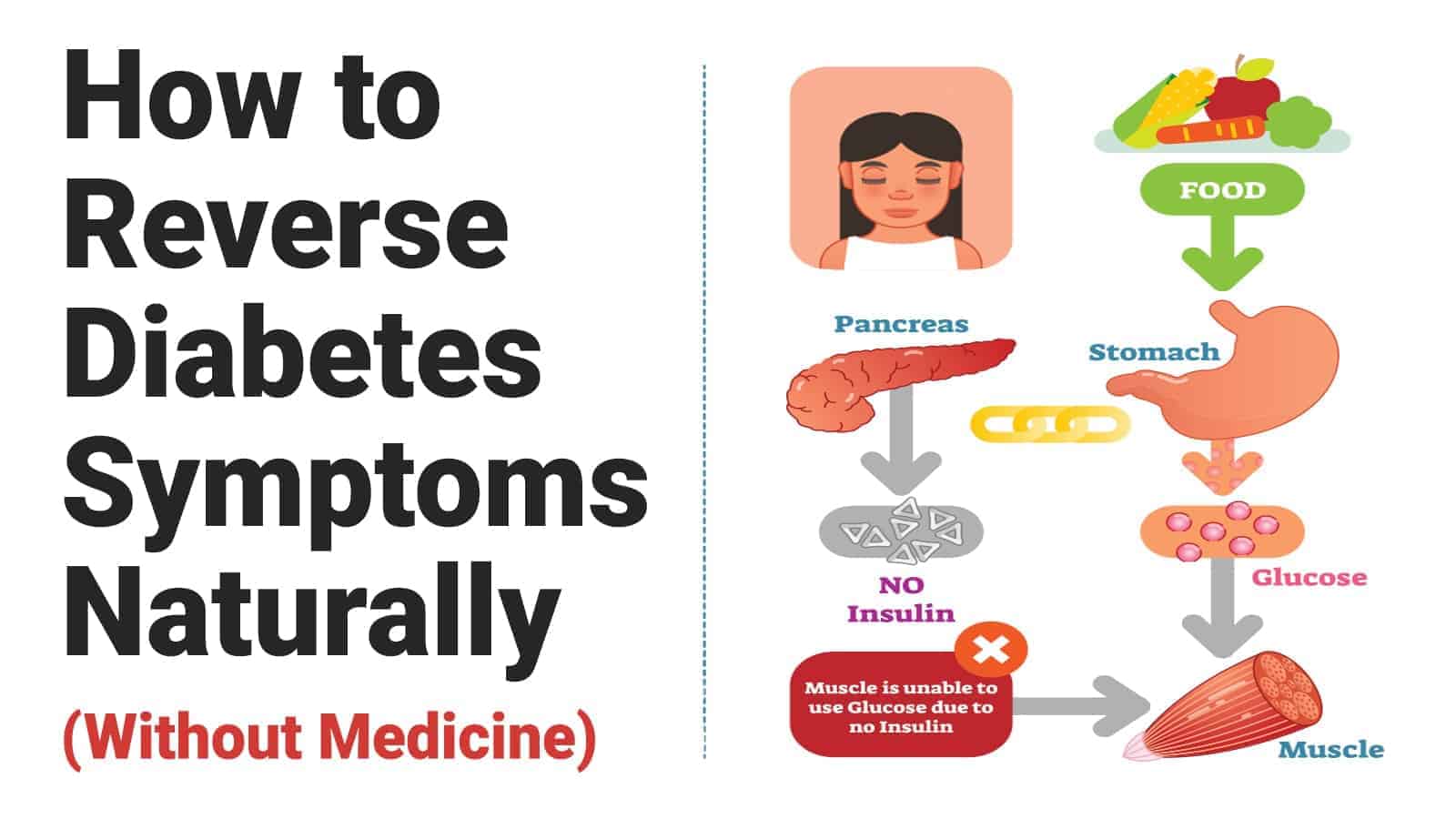Sometimes you just have to let go. We would all like to think that we have some amount of control over our lives. For some, the need for control seems to control them. Do you become anxious when your plans don’t follow the set pattern? Do you become angry when those you must depend on to fulfill said plans don’t perform as you expect? Are you forever disappointed in the outcome and fearful of the next setback?
If you are, maybe it’s time to let go of the need for control and learn to live in the real, imperfect, wonderful world of humanity. The truth is, no one can have control at all times, especially over the actions or reactions of others. The only person you can actually control is yourself. You can help relieve a great deal of daily anxiety and prevent those angry outbursts by learning how to let go of the need for perfection and embrace more creative outcomes.
It can be easy to fall into destructive patterns of thinking and reacting. You may begin to feel stressed, which leads to negative thoughts and eventually to negative, harmful behavior and unpleasant consequences. Relationships and employment opportunities may suffer as a result of anxious or angry outbursts. And your overall health may suffer from holding on to too much stress or anger. So let’s look at some ways to channel negative reactions into constructive ones.
Anger And Anxiety Techniques That Help You Let Go Of Control
Recognize the signs. Know your triggers.
There may certain triggers or even ‘pet peeves’ that seem to set off a chain of reactions over which you seem to have no control. Sometimes it may be someone saying no to your plans or ideas. It may be the necessity of having to wait. It could be overscheduling your time or overstretching your budget. Whatever the trigger, learn to recognize the signs of anxiety and anger beginning to manifest themselves.
- Quicker breathing
- Muscles tighten in shoulders
- Clenched fists
- Feelings of dread
- Sweating
- Nervousness
- Trembling
- Upset Stomach
Once you recognize the first steps down a path of destructive anxiety and anger, you can begin to change the outcome by learning how to let go of the need to control the external in favor of controlling the internal. Professional counselors and psychologists recommend a number of techniques to help you both initially and in the long run. You may find a combination of techniques that work for you. Here are some of the top suggestions.
1. Breathe
Take a moment and just think about taking deep, cleansing breaths. Sometimes this exercise can be accompanied by the tried and true practice of counting to ten. As the situation allows, close your eyes and allow your physical reactions to calm, so that you can think clearly and make wise decisions. Remember that you can only take one breath, and one step, at a time.
As a long-term technique, breathing can help you to recover from daily stress. Taking 15-20 minutes in a quiet place to just breath and release pent up anger and anxiety can help prepare you for a better night’s sleep so you can be ready to face the next demands with a clear mind.[1]
Breathing can also take the form of meditation. Quiet times of positive thought or prayerful attitude can be helpful for changing your overall state of emotional and mental well-being. Let go of pressing goals and demands practice mindfulness, allowing yourself to just…be. Sometimes positive quotes may be helpful as you breathe deeply in and out.
2. Take Care of Yourself
Many professionals will tell you that factors such as exhaustion, unhealthy relationships, demanding jobs, poor diet, and lack of exercise all have an impact on behavioral outcomes.
Take time to evaluate your lifestyle and make changes in those things you can control, such as diet and the time you set aside for sleep.
It may be necessary to let go of damaging relationships or find ways to separate yourself from a difficult co-worker. You cannot know or control the thoughts or actions of others. You can, however, make wise choices for yourself.
It is universally accepted among professionals that regular exercise is a huge stress remover. And a balanced diet along with avoiding excessive alcohol intake and recreational drugs can help give you the edge in dealing with difficult people, even when the most difficult person may seem to be yourself.
Allowing anxiety and anger to have free reign can, quite literally, be bad for your health.[2] Anxiety can contribute to many physical illnesses, so taking care of yourself and letting go of unneeded stresses is important for your sake and the sake of those you love.
3. Write It Down
While writing may not come naturally to everyone, the benefits of journaling, or at least making a list of the things you can and can’t control, can be liberating. For those who are willing, taking time to write several positive things about each day can help re-wire your thinking processes. A positive journal can provide a great pick-me-up on bad days and help you to let go of the tendency to dwell on the negatives.[3]
A good place to start may be, as stated above, to make a list of the things over which you do have control, such as your own health, appearance, and what you feed your own mind and emotions. You may add ideas of ways to promote your own physical, mental, and emotional health.
You may also make a list of triggers, such as things that make you feel anxious or angry, and ways you can change your reactions to these triggers. Write out goals for yourself that include how to let go of guilt and condemnation, both of yourself and others. Writing is a powerful thing.
4. Find Creative Outlets
Becoming too focused on just one goal or situation can lead to unhealthy emotional responses. Sometimes the best therapy is to take a step back and indulge in some creative outlet such as music, dancing, poetry, or drawing.[4] There is no need to feel guilty or think that your world will fall apart if you take time to relax.
Fans of Sherlock Holmes will remember his propitious violin as a means of thinking without thinking. Teddy Roosevelt was a brown belt in Judo, Emily Dickinson loved to bake, and Amelia Earhart collected stamps. Having a creative outlet to help you let go of immediate stress is not an unusual thing. In fact, you’ll in company with some of the best and brightest people in history.
Hobbies are a way to let go of stress and allow your body and mind to relax and recoup from unreasonable demands or the efforts to maintain control. Take time several days a week to participate in activities completely outside of the things that cause you anxiety. Learn how to let go of the demand to sacrifice sanity for immediate satisfaction of the desired goals.
Give in to just enjoying each day for itself. Take time for beauty, rhythm, and creative spontaneity. Sometimes the best things in life are the things over which we have absolutely no real control, just the ability to participate in the miracle of what comes next.
5. Cognitive Therapy
It may not always be possible to change entrenched behaviors on your own. You may consider short-term Cognitive Behavioral Therapy (CBT), to help jump-start necessary changes in thinking and behavior.[5] CBT is used to treat any number of cognitive disorders, including extreme stress or anger issues.
CBT can help you recognize and change automatic thought patterns that have negative conclusions. It can also help to pinpoint root issues such as low self-esteem. The therapy may help to address communication issues and social situations. CBT will help you set very specific goals and a plan to meet them.
If you feel you may need help to let go of destructive habits in thoughts and reactions, talk to your primary physician about the possible options for counseling and therapy. Just being honest about having anger or control issues is a huge step towards a healthier, more productive life.
Final Thoughts
Stress is unavoidable, so learning how to let go of the anxiety and anger that accompany it is important. If your most immediate reaction to stress is anger, it becomes even more important to find ways to circumvent acting out destructive behaviors. Remember that it is simply not possible to control every outcome of your life. But you can have control over your own thoughts and emotions.
Take time to breathe, to allow yourself to just be human. Learn to forgive and move on, and give yourself and others the benefit of the doubt. Re-evaluate relationships and employment that may contribute to negative thought patterns and anxiety. Don’t be afraid to take a chance at happiness. Don’t be afraid to be creative. This is your one and only life, so enjoy it today and work towards being the strongest you possible in the days to come.









